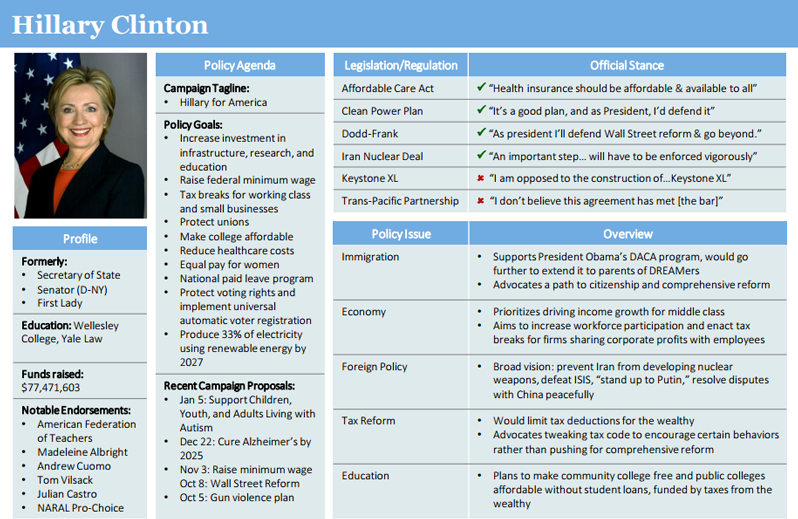Foreign Automakers In China: A Complex And Evolving Landscape

Table of Contents
The Allure and Challenges of the Chinese Market
The allure of the Chinese automotive market is undeniable. However, success isn't guaranteed. Let's examine both sides of the coin.
Market Size and Growth Potential
China's massive population, exceeding 1.4 billion, and its rapidly expanding middle class create an enormous demand for vehicles. This translates to significant growth potential across various segments:
- High growth potential in various vehicle segments: SUVs, electric vehicles (EVs), and luxury cars are experiencing particularly strong growth.
- Increasing disposable income fuels demand: A rising middle class with more discretionary spending is a key driver of automotive sales.
- Government initiatives promote automotive industry development: Policies aimed at boosting domestic production and technological advancement further stimulate the market. This includes significant investment in charging infrastructure for electric vehicles.
Regulatory Hurdles and Competition
Despite the potential, navigating the Chinese automotive market is far from easy. Foreign automakers face significant hurdles:
- Strict emission standards: China is increasingly stringent on environmental regulations, requiring automakers to meet challenging emission targets.
- Localization requirements: Regulations often mandate a certain level of local production and sourcing of components.
- Joint venture regulations: Foreign companies typically need to establish joint ventures with Chinese partners, impacting control and decision-making.
- Fierce competition from established domestic players: Domestic brands like Geely, BYD, and Great Wall Motors are strong competitors, constantly innovating and expanding their market share.
Strategies for Success in the Chinese Auto Market
To thrive in this competitive landscape, foreign automakers must adopt effective strategies:
Localization and Joint Ventures
Many foreign automakers have found success through joint ventures with Chinese partners. This approach offers several advantages:
- Access to local expertise: Partnerships provide valuable insights into the local market, consumer preferences, and regulatory landscape.
- Established distribution networks: Joint ventures provide access to pre-existing dealer networks, streamlining sales and distribution.
- Navigating regulatory complexities: Local partners possess the necessary knowledge and connections to help navigate complex regulations.
- Examples of successful joint ventures: Volkswagen's partnership with FAW and General Motors' venture with SAIC are prime examples of successful collaborations. However, managing these joint ventures can present challenges related to shared decision-making and cultural differences.
Product Adaptation and Innovation
Adapting products to meet the unique needs and preferences of Chinese consumers is paramount:
- Importance of features like spacious interiors: Chinese consumers often prioritize spaciousness, especially for families.
- Advanced technology is highly valued: Features like advanced driver-assistance systems (ADAS) and infotainment systems are highly sought after.
- Fuel efficiency remains a key consideration: Given rising fuel costs, fuel efficiency is a critical selling point.
- Adapting designs to suit local aesthetic preferences: Understanding and catering to local aesthetic preferences is essential for brand acceptance.
- Developing electric vehicles (EVs) to meet growing demand: The Chinese government's strong push towards electric mobility creates a significant opportunity for EV manufacturers.
Building Brand Awareness and Trust
Establishing a strong brand identity and fostering consumer trust is crucial for long-term success:
- Importance of effective marketing and advertising campaigns: Targeted marketing efforts are crucial to reach specific consumer segments.
- Leveraging digital channels: Online marketing and social media engagement are vital in a digitally savvy market.
- Sponsorships and public relations initiatives: Building relationships with key influencers and engaging in community initiatives can boost brand reputation.
- Building relationships with key influencers: Collaborating with popular figures and key opinion leaders (KOLs) can significantly impact brand perception.
The Rise of Electric Vehicles (EVs) and New Energy Vehicles (NEVs)
The Chinese government's strong support for New Energy Vehicles (NEVs), which includes Battery Electric Vehicles (BEVs), Plug-in Hybrid Electric Vehicles (PHEVs), and Fuel Cell Electric Vehicles (FCEVs), is reshaping the automotive landscape.
Government Support and Incentives
The government's proactive approach includes:
- Subsidies and tax breaks: Financial incentives encourage consumers to purchase EVs and NEVs.
- Investment in charging infrastructure: Significant investment in building a nationwide charging network is underway.
- Impact of government policies on the EV market: These policies have accelerated the growth of the EV market significantly.
Competition from Domestic EV Makers
Domestic EV manufacturers are rapidly emerging as serious competitors:
- Examples of successful Chinese EV brands: NIO, XPeng, and Li Auto are leading the charge in the domestic EV market.
- Technological advancements made by Chinese companies: Chinese companies are rapidly advancing battery technology and autonomous driving capabilities.
- The impact of competitive pricing strategies: Domestic brands often offer competitive pricing, putting pressure on foreign automakers.
Conclusion
The Chinese automotive market presents a complex yet compelling opportunity for foreign automakers in China. Success depends on a comprehensive strategy that accounts for regulatory hurdles, intense competition, and evolving consumer preferences. By embracing localization, adapting products to local needs, and building strong brand awareness, foreign automakers can navigate this dynamic landscape and capture a substantial share of this massive market. To delve deeper into the strategies and challenges facing foreign automakers in China, further research is encouraged. Understanding this market is essential for anyone interested in the future of the global automotive industry.

Featured Posts
-
 Analiz Zayav Stivena Kinga Chi Ye Mask Ta Tramp Zradnikami
May 10, 2025
Analiz Zayav Stivena Kinga Chi Ye Mask Ta Tramp Zradnikami
May 10, 2025 -
 Nl Federal Election In Depth Candidate Information
May 10, 2025
Nl Federal Election In Depth Candidate Information
May 10, 2025 -
 The Death Of Americas First Non Binary Individual A Tragedy
May 10, 2025
The Death Of Americas First Non Binary Individual A Tragedy
May 10, 2025 -
 Easing Regulations For Bond Forwards A Boon For Indian Insurers
May 10, 2025
Easing Regulations For Bond Forwards A Boon For Indian Insurers
May 10, 2025 -
 Agression Au Lac Kir A Dijon Bilan Et Circonstances
May 10, 2025
Agression Au Lac Kir A Dijon Bilan Et Circonstances
May 10, 2025
